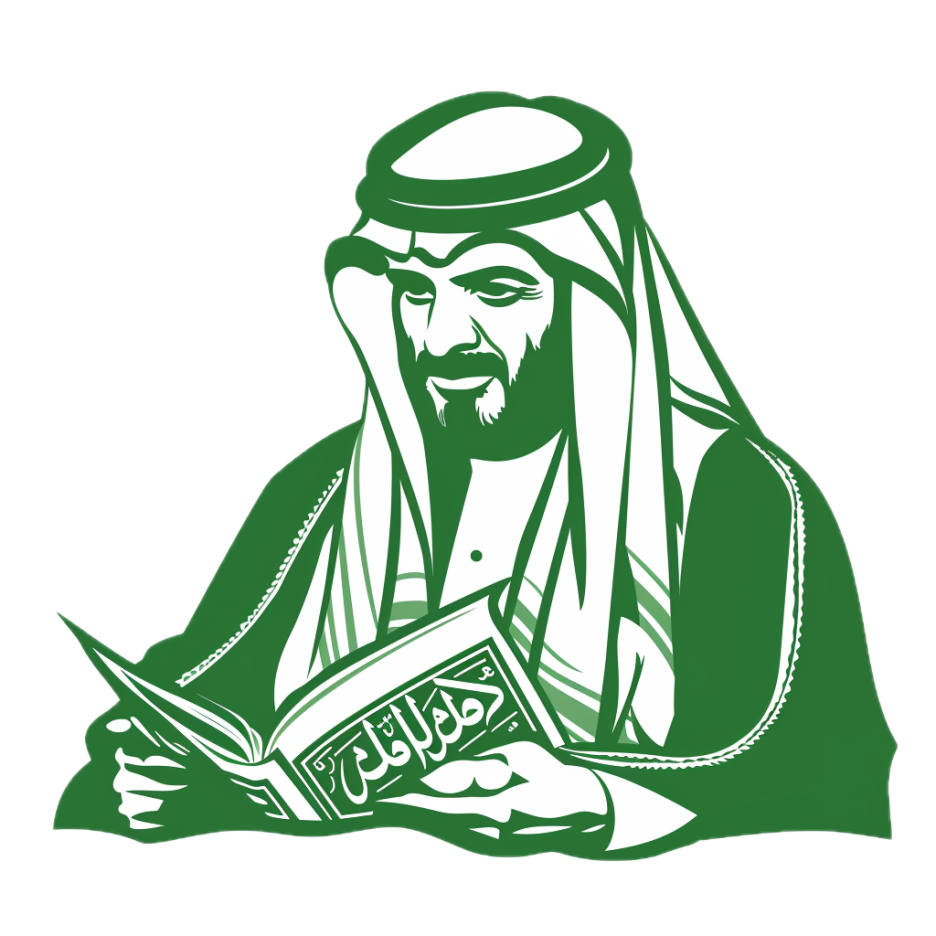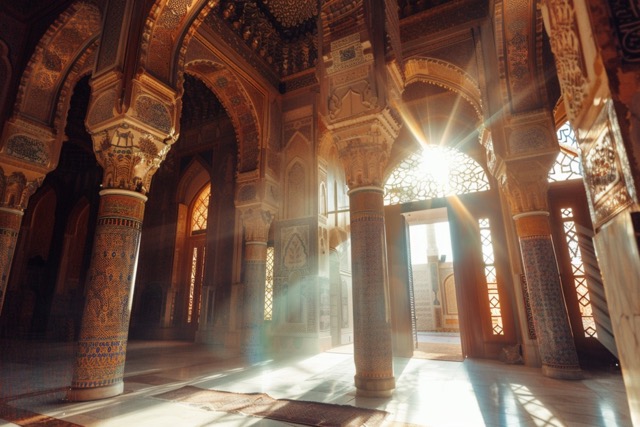Dima Srouji’s Exhibition Offers a Glimpse of Hope Amidst Turmoil
DUBAI: Amidst the chaos and violence in Gaza, Palestinian artist Dima Srouji brings a sense of transcendence with her latest exhibition.
Entitled “Charts for a Resurrection” and currently on display at Lawrie Shabibi in Alserkal Avenue, Dubai until July 6, Srouji’s multidisciplinary show offers a much-needed escape from the ongoing upheavals and disruptions.
“This exhibition embodies a return to life,” Srouji shared with Arab News, coinciding with Orthodox Easter. “In light of recent events, many of us are drawn to Biblical themes. The theme of death and rebirth has been playing on my mind,” she explained.
Srouji’s work often delves into the historical exploration of archaeology in Palestine, offering a unique perspective on the landscape through research and archival materials.
The exhibition showcases pieces in glass, stone, and photography, all rooted in Palestine’s history, heritage, and living archives. These works contemplate displacement and provide a glimmer of hope amidst adversity.
The exhibition is divided into two distinct spaces: a larger land-focused area and a more intimate chapel that merges installations and archival prints to create an imaginary archaeological site.
Srouji elaborated, “The separation between the spaces mirrors the different lenses through which we view the land, be it through the history of glass, archaeological excavations, or stone. It allows for an intimate connection with the land itself.”
She further added, “The chapel serves as a physically and spiritually safe space for visitors.”
One striking example of Srouji’s work is the delicately crafted stone-carved windows with colored-glass inlay that symbolize potential future archaeological monuments in Palestine. These windows are made using traditional techniques found in mosques and churches in the region.
Collaborating with archaeologists, glass blowers, anthropologists, and sound designers, Srouji’s installations explore themes of identity, displacement, and the spirit of forgotten places and people.
One of the standout pieces is “Maternal Labor,” a series of archival prints honoring real women known as “basket girls” who excavated the land in Palestine during the 20th century, unearthing valuable artifacts that were subsequently displaced.
Another poignant work, “The Red River,” features hand-blown glass sculptures suspended in the air, referencing the polluted Belus River where some historians believe glass-making originated.
Personal narratives, including references to the artist’s grandmother and Palestine, are woven into the artwork, creating a sense of connection and nostalgia.
In the dark, chapel-like space, replicas of ancient vessels symbolize a spiritual resurrection and transcendence, offering a moment of reflection and healing.
Srouji concludes, “There are elements of healing, meditation, and hope for a new future for Palestine in this exhibition. It’s a reminder of our spiritual connection to the land that is often overlooked in conversations about liberation.”
Inspired by archaeological excavations in Palestine and the individuals who carried them out, Srouji’s works aim to breathe new life into the narratives of the displaced and forgotten, fostering a sense of liberation and imagination.

